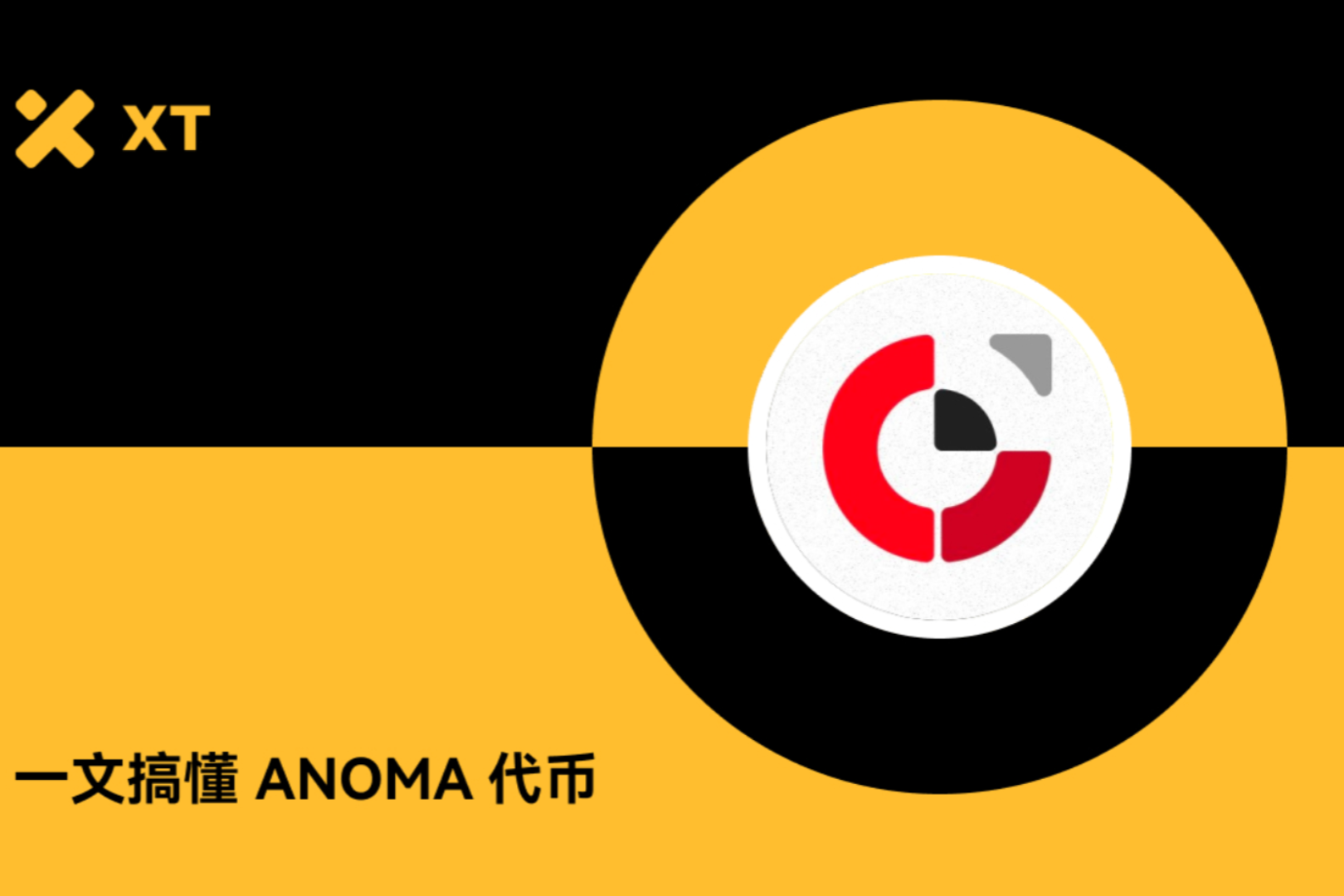
Produced by Odaily Research Institute
Text | Li Xueting
Editor | Hao Fangzhou
Editor | Hao Fangzhou
- Taleb, "Black Swan"
ashttps://baike.baidu.com/item/Austrian School of Economics/4311455?fromtitle=Austrian School&fromid=1730011&fr=aladdinAustrian schoolhttps://baike.baidu.com/item/Friedrich August von Hayek/6691771?fromtitle=Hayek&fromid=2350232&fr=aladdinHayekI have been advocating the free market economy all my life. This economist and philosopher is active in thinking and academically outstanding, and has been handed down to the world because of "The Road to Serfdom" and "Fatal Conceit". In his later years, he carried out liberal economic thought to the end, questioned the legal rationality of the state monopoly on currency, put forward the theory of "multi-currency competition", and wrote the important and prophetic paper "Denationalization of Currency". Although "The Denationalization of Money" was published two years after Hayek won the Nobel Prize in Economics (1976), it did not cause much repercussions in the economics circle at that time. For the "private currency" emphasized in the book, economists who also insist on liberalismFriedman
All expressed doubts. For the next 40 years, this pamphlet was lost in the dust of history.Interestingly, Hayek has been mentioned frequently in recent years.
Why do cryptocurrency believers and evangelists like to cite "monetary denationalization" as the theoretical backbone of Bitcoin's becoming a mainstream currency? Is Bitcoin really the ideal currency that Hayek envisioned? What kind of encrypted assets is more in line with Hayek's expectations?
To answer these three questions, we need to first position and examine Hayek and "The Denationalization of Money" in the history of economic thought.https://baike.baidu.com/item/Keynesianism/477914?fr=aladdinKeynesian
It became popular for a while, and the "visible hand" dominated the development of currency in different ways (Editor's note: "Visible hand" comes from Keynes' book "Employment, Interest, and Money", which refers to the country's intervention in economic life ). Although thanks to the continuous efforts of Hayek and others, the liberal economic theory system has continued to mature and improve, but it still appears weak in the face of the "government's hand".As major western economies sink into the "stagflation of the seventies
", the edifice of Keynesianism began to crumble. The Austrian school represented by Hayek entered the spotlight of economic practice with its analysis of the economic cycle and criticism of Keynesianism. In 1979, Britain ushered in the Hayes Margaret Thatcher of the United States, began to comprehensively promote liberalization reforms; in 1981, Reagan became the president of the United States, and his neo-liberal economic policies echoed Margaret Thatcher. Behind these policies and reforms can be seen the liberal economics of the Austrian school figure.
Since then, against the backdrop of the Latin American debt crisis, the Asian financial crisis, and the crisis of the US Long-Term Capital Management Corporation, the long-term suppression of the "hand of the market" by the "hand of the government" has begun to reverse globally.Especially under the financial crisis in the United States in 2008, the global economy fell into recession. When governments of various countries were struggling to print money, a genius named "Satoshi Nakamoto" published a paper: "Bitcoin White Paper: A Peer-to-Peer Electronic Cash system". The following year, the first Bitcoin was born. In the following ten years,Bitcoin shows incredible momentum
. It was found that the introduction of Bitcoin and other cryptocurrencies brought new ideas to the problem of optimizing money.Hayek imagined a multi-currency system in "The Denationalization of Currency", advocating that currencies should not be issued and controlled by the government or the central bank, but allow private individuals (banks) to issue competing currencies.https://baike.baidu.com/item/Walras General Equilibrium/2536802Vacaras general equilibrium
ideal state.
In fact, from the perspective of currency development history, the evolution and development of currency itself is a process of competition between different currencies: the competition between metal currency and banknotes, the competition between private currency and official currency, the competition between sovereign currency and world currency In the end, the party with more advantages won and formed a consensus, which was accepted by everyone. The evolution of currency from gold to banknotes, the evolution of British bank notes to sterling in the 17th century, and the dollarization of currencies in some developing countries after World War II are all the result of multi-currency competition.
It was just that under the political structure at that time, it was impossible for the country to give up the exclusive right or monopoly of currency issuance, and was willing to play the role of public product provider. As Hayek said, the exclusive right or monopoly of currency issuance has always been an attractive source of income for the government and an important means to win power. Especially after the emergence of banknotes, the government has obtained a cheaper "financing method" than in the minting era. Therefore, Hayek's vision seemed unlikely to be implemented at the time.
Still, Hayek wrote, he still hopes that someday a series of events will occur that will change the rules. He even suggested that such a change might need to happen without government support.The emergence of Bitcoin looks very much like the change Hayek expected.
The issuance of Bitcoin is controlled by algorithms and collectively managed by all network nodes, not fully controlled by any one institution. Its decentralized nature negates the inevitability of government currency monopoly. In terms of currency system design ideas, Bitcoin is a deflationary virtual currency that is halved about every four years. From 2009 to 2013, about 10.5 million Bitcoins were issued. According to the four-year halving speed, the final total issuance 21 million pieces. This arrangement, which stipulates the total number of issuances from the very beginning, attempts to solve the problem of excessive issuance of legal currency by the government through technical means, and also fits Hayek's idea of currency denationalization. However, what Hayek emphasized at the time was that private banks issued currency, and Bitcoin was a privately issued currency. The issuer is different between the two.
Is Bitcoin really the ideal currency envisioned by Hayek?
In The Denationalization of Money, Hayek lets his imagination run wild and outlines the prospect of multi-currency competition. According to his description, in the international currency market, after fierce competition and competition, some private banknotes will survive. They have independent currency issuance rights and can issue currency in any country. The value of their banknotes is linked to a basket of stable commodities and legally recognized (is it a bit like Libra's vision). More importantly, currency competition will provide a spontaneous and effective incentive mechanism and restraint, forcing banknotes to maintain the stability of their banknote value and strive to improve their reputation. The basis for the survival of private currency is people's trust. Any attempt to make profits through the expansion of currency issuance or low-interest lending will backfire, and its currency value will decline rapidly due to excess money supply.
So from the above-mentioned dimension of stability, Bitcoin, whose price fluctuates greatly, is obviously not the ideal currency in Hayek's mind. The private currency envisaged by Hayek is completely derived from the system of currency issuance. That is, private banks must have a certain amount of assets as an endorsement to issue a certain amount of currency, and then use the method of positive and negative repurchase to adjust the relationship between supply and demand in the market to maintain the price. The issuance of Bitcoin has no assets as rigid payment or endorsement. It is a closed currency issuance mechanism that does not serve the purpose of commodity transactions. Fixed-supply assets solve the problem of inflation, but like precious metals, fixed-supply assets cannot respond to changes in demand and will never achieve the sustainable price stability needed to compete with government currencies, let alone Acts as a measure of value (unit of measure) for currency.
In addition, as an open source system, Bitcoin has also exposed fatal technical problems (in 2010, a hacker exploited a loophole in the core software of Bitcoin to create 184.4 billion Bitcoins out of thin air, Satoshi Nakamoto quickly updated the software version, passed A hard fork clears the 'bad chain'), it is difficult to guarantee that it will not be cracked by hackers.If Bitcoin kicked off the era of cryptocurrency, thenFiat-collateralized stablecoinsPossibly one of the realistic ways to achieve currency denationalizationLibra. Fiat-backed stablecoins (such as USDT) are pegged to the stable U.S. dollar and become a bridge connecting fiat currencies and "traditional Canadian currency". Anchoring multiple fiat currenciesStanding on the shoulders of USDT and others, fromResponse from the U.S. Congress
Compared with fiat-collateralized stablecoins,Algorithmic StablecoinsAlgorithmic Stablecoins
Market-driven and strictly enforced supply policies that cannot be forced by the central government. Furthermore, algorithmic stablecoins are functional units of account, which allows them to compete with sovereign currencies on stability. But due to the lack of military and government mandates, algorithmic stablecoins will only gain general acceptance if they do a better job of issuing and managing supply than existing currencies. However, judging from the current development situation, there is no algorithmic stable currency that can compete with government currency in the market.
secondary title
references





